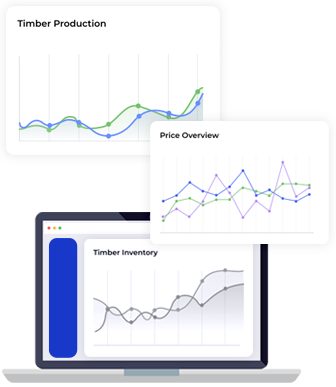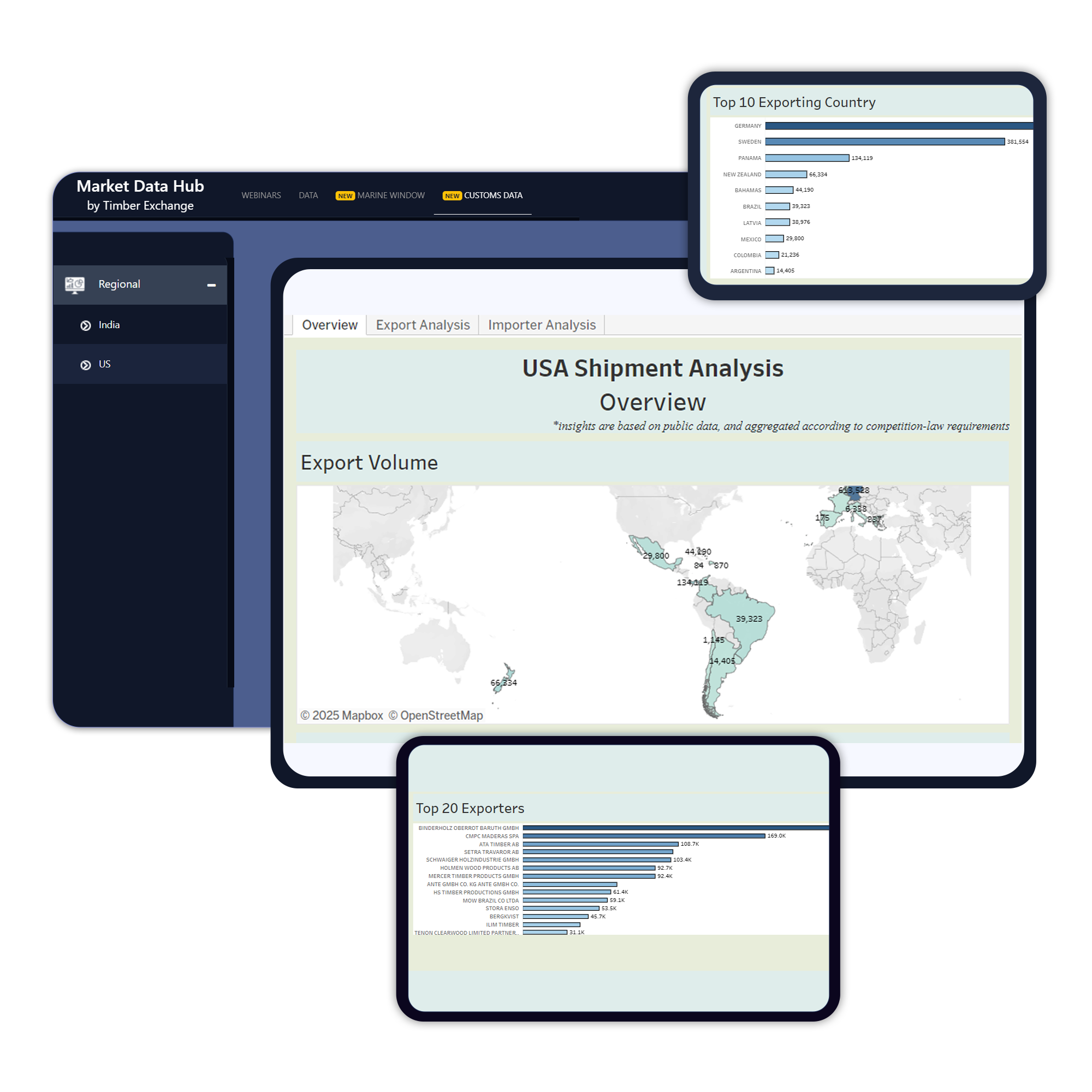
China's commodity imports signal economic struggles ahead
Posted on August 14, 2024 |
China's major commodity imports slowed in July, with crude oil arrivals dropping to their lowest in nearly 2 years, while iron ore, coal, copper, and natural gas imports stayed mostly steady.
Crude oil imports fell to 9.97 million barrels per day in July, the lowest since September 2022, continuing a downward trend this year.
For the first seven months of 2024, China’s crude oil imports averaged 10.90 million barrels per day, down 2.9% from the same period in 2023, despite predictions for increased demand.
Industry groups like OPEC and the IEA still expect China to drive global oil demand growth in 2024, with OPEC forecasting a 760,000 barrels per day increase and the IEA predicting China will account for 40% of global demand growth.
Iron ore imports were 102.81 million metric tons in July, a 5% increase from June, with daily arrivals slightly up to 3.32 million tons from 3.25 million in June.
Despite minor monthly changes, China's iron ore imports have remained consistent, averaging around 3.3 million tons per day in recent months.
China, which consumes about three-quarters of global seaborne iron ore, shows steady demand with little variation in its import patterns for this key steel raw material.





